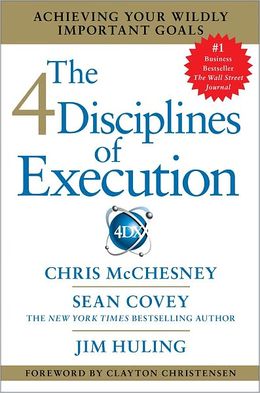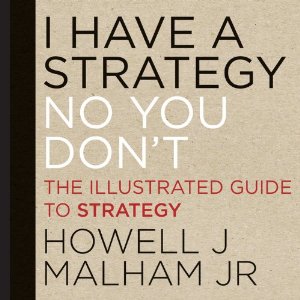Recommended Resources – The Strategist
The Strategist: Be the Leader Your Business Needs
by Cynthia Montgomery
About the Book
The Strategist by Cynthia Montgomery challenges readers to ask “Am I a strategist?” and goes on to provide illustrated examples and insights into the skills and sensibilities all senior leaders must possess in order to guide their organization to ongoing growth and success. Cynthia presents the lessons learned from leading executives while teaching at the Harvard Business School. Within her book, Cynthia covers topics including:
- Strategy & Leadership
- Are you a strategist?
- The Myth of the Super-Manager
- Begin with Purpose
- Turn Purpose into Reality
- Own Your Strategy
- Keep It Vibrant
- The Essential Strategist
Why You Should Read This Book
StrategyDriven Contributors like The Strategist for its insights to a key skill every successful executive possesses. Cynthia brings readers a vast collection of experiences from hundreds of senior corporate leaders and well researched case history. Her concepts come to life through a myriad of detailed case studies like those the Harvard Business School is known for.
If we had one criticism of The Strategist it would be that the book is too academic, lacking the real-world insights only an author who has ‘been there’ can provide.
The Strategist conveys to readers the key skills and thought processes they need to succeed as organization leaders. It challenges the conventional, tactical thinking so many managers get locked into. For its executive-level insights and illustrative examples to the critical challenges faced by all organization leaders, The Strategist is a StrategyDriven recommended read.



 Senior executives typically ascend to their elevated positions through the contribution of significant organizational value. While these individuals’ daily activities provided ongoing benefit throughout their careers, there is seldom a more value adding opportunity than successful leadership of a strategic initiative or large-scale project. Consequently, senior leaders seeking further career development and advancement covet these initiatives; sometimes resulting in the creation of such projects to satisfy an individual’s need rather than an organizational one.
Senior executives typically ascend to their elevated positions through the contribution of significant organizational value. While these individuals’ daily activities provided ongoing benefit throughout their careers, there is seldom a more value adding opportunity than successful leadership of a strategic initiative or large-scale project. Consequently, senior leaders seeking further career development and advancement covet these initiatives; sometimes resulting in the creation of such projects to satisfy an individual’s need rather than an organizational one.

 Well-crafted strategic and annual business plans provide a sense of purpose and direction. They establish the operations and initiative activities the organization will implement in order to achieve defined outcomes. Furthermore, these business plans serve as a communications mechanism to drive alignment of management decisions and employee actions to the effective and efficient achievement of the organization’s mission goals. (See StrategyDriven article,
Well-crafted strategic and annual business plans provide a sense of purpose and direction. They establish the operations and initiative activities the organization will implement in order to achieve defined outcomes. Furthermore, these business plans serve as a communications mechanism to drive alignment of management decisions and employee actions to the effective and efficient achievement of the organization’s mission goals. (See StrategyDriven article,